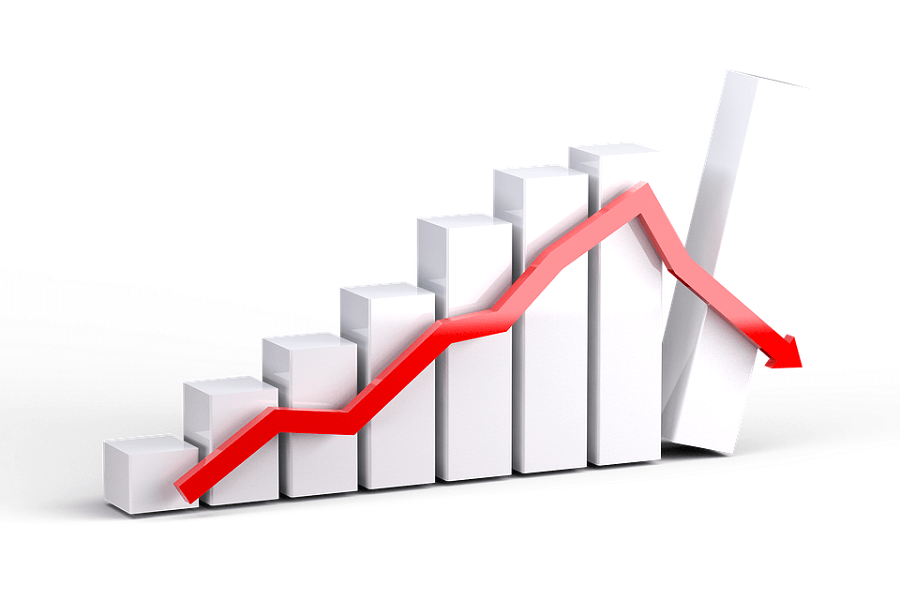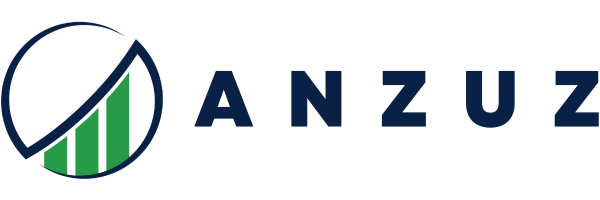Ask anyone about economic collapse and there’s a big chance that he or she would link it to the economic downturn of 2007 to 2009. For many, concepts such as recession and depression aren’t something new. Sure, while the terms aren’t often used, their implications aren’t alien to people.
To date, as the COVID-19 pandemic throttles the global economy with unprecedented severity, countries have found themselves in panic mode. From mass layoffs, company shutdowns, to substantial changes in commodity prices - is the world on the brink of an economic collapse?
If you’re one of the curious ones, knowing the so-called recession indicators can help you realize where the global economy is currently standing. Here, we have compiled three tell-tale signs of a nearing economic collapse that you might want to keep an eye out for. Read on to learn more.

What Is an Economic Collapse?
To simply explain, economic collapse refers to a period of widespread economic breakdown. As explained by Investopedia, it typically comes after a time of crisis, normally “at the onset of a severe version of an economic contraction, depression, or recession”.
There is no limit to how long an economic collapse may occur. Generally, it may last for how many months, “depending on the severity of the circumstances”, Investopedia noted.
Recession Versus Depression
Unknown to many there’s a broad line that separates economic recessions from depressions. Generally, the main difference between the two is their degree of severity.
While the recession is a period of a significant decline in economic activity lasting for more than a few months, depression is a much more severe version of the latter.
Perhaps, the most famous example we could site for the former is the Great Recession that lasted from 2006 to 2008, while the latter can be linked to the Great Depression, which covered two severe economic downturns.
Inverted Yield Curve
Historically, an inverted yield curve has been considered as a potential indicator of an economic decline. Specifically, a yield curve refers to a curve that demonstrates the relationship between the term (time to maturity) of debt and the interest rate linked with that term.
Normally, a yield curve slops upward from left to right. This is because, in finance, maturities are expected to lengthen as yields rise. This stems from the fact that investors expect more compensation as they invest money for a longer period of time.
However, an inverted yield curve demonstrates the exact opposite. Specifically, when a yield curve is shown to be inverted, it suggests that bonds with a shorter duration are higher compared to the yields on bonds that have a longer duration.
Often, this happens when long-term investors find themselves on the brink of collapse, so they will opt to move their funds into lower-risk options out of fear.
Manufacturing Contraction
Another indicator that you might want to keep an eye for is a contraction in the sector of manufacturing.
As explained by the Balance, “The first sign of an impending recession occurs in one of the leading economic indicators such as manufacturing jobs. Manufacturers receive large orders months in advance. That's measured by the durable goods order report. If that declines over time, so will factory jobs.
The Decline in Work Hours

Last but not the least, a widespread decline in work hours among varying sectors could also indicate a looming economic collapse. Often, fearful businesses choose to cut down work hours as a precautionary to save future sales.
The Bottom Line
You may think the world is now on the brink of an economic collapse. With countries struggling under a global lockdown, it’s no denying that economic activity is at a very low point. Take note of these economic collapse indicators to keep on top of what may lie ahead.




















